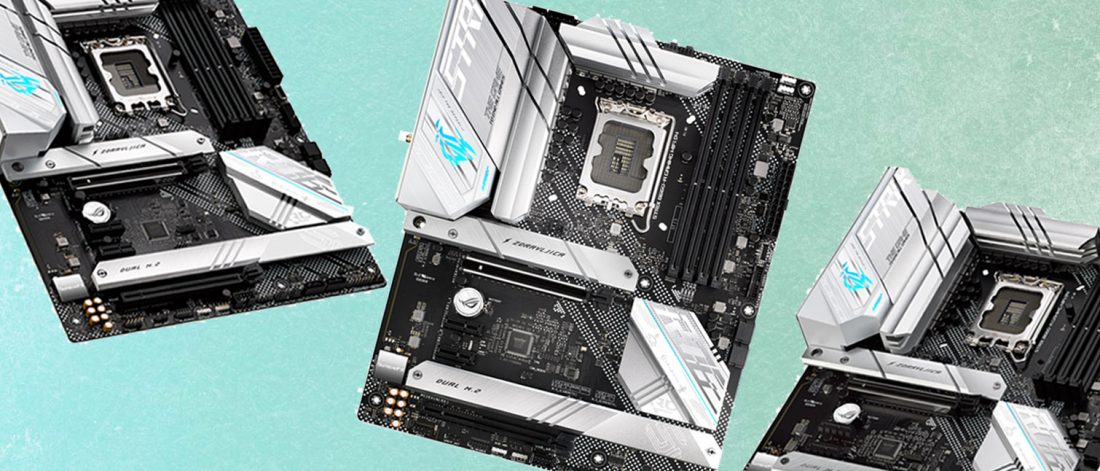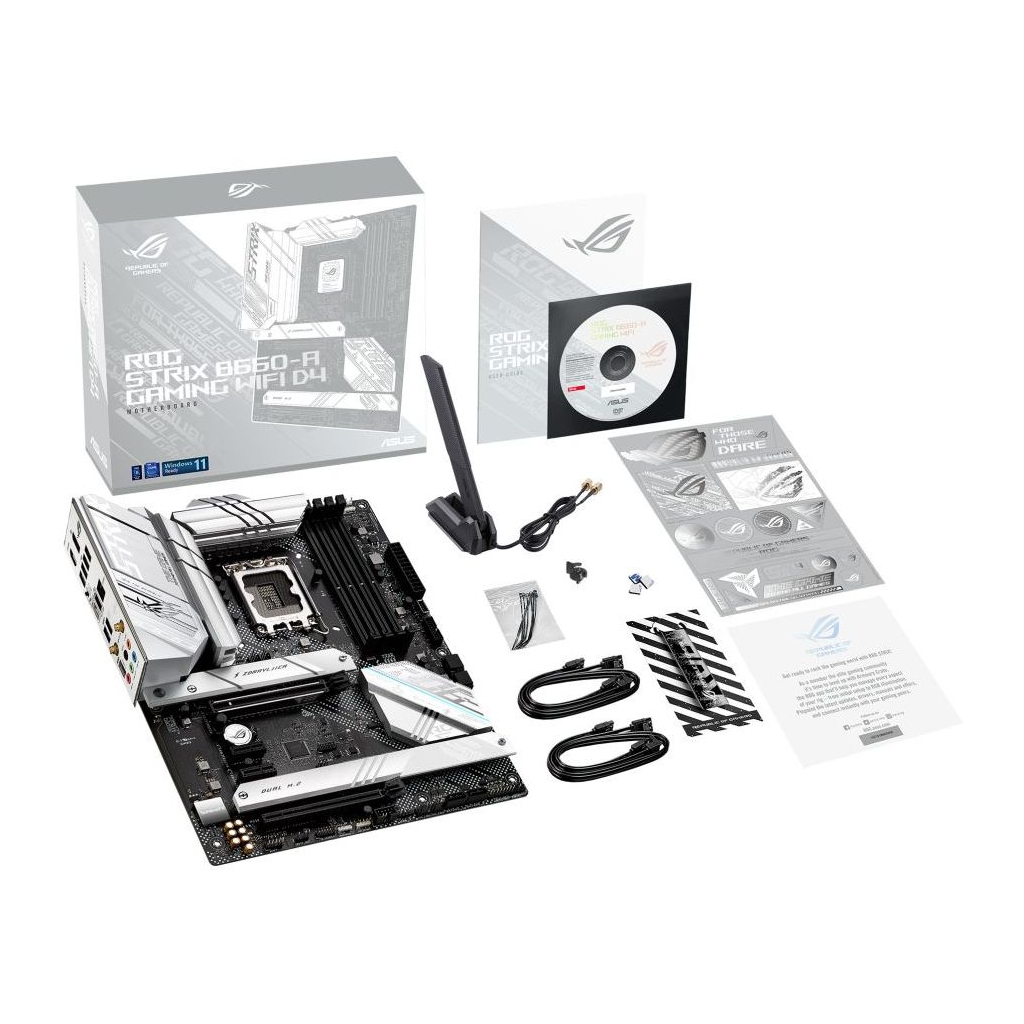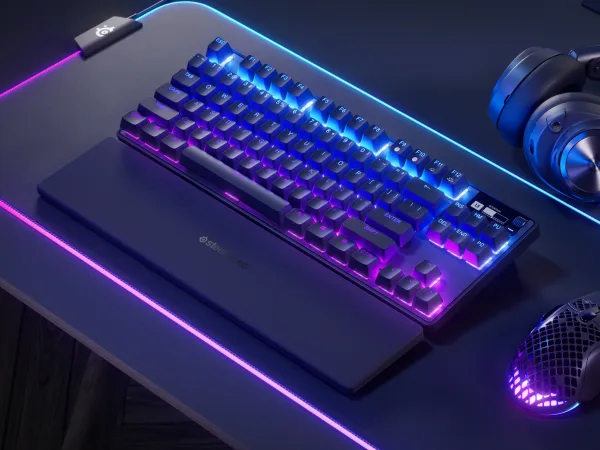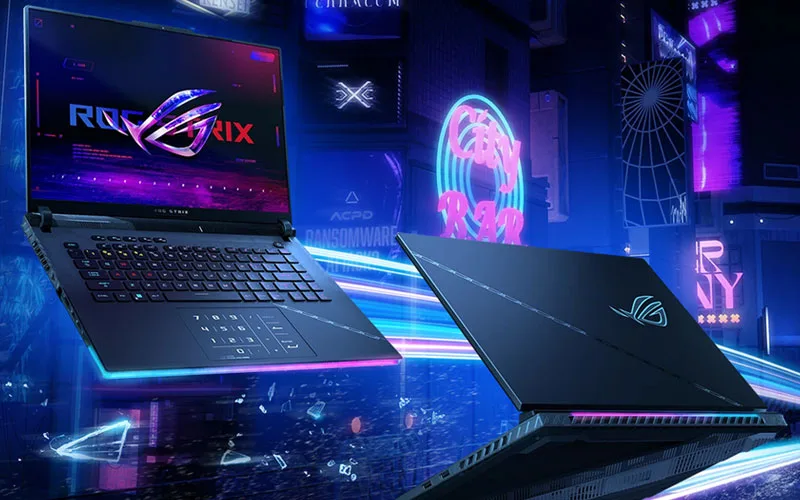
Asus ROG Strix B660-A Gaming WiFi D4 motherboard review on the Intel B660 chipset
The Asus ROG Strix B660-A Gaming WIFI D4 is one of the high-end B660 variants available today. It is one of the most expensive B660 variants available. It’s a good option for building a system, at least in terms of the list of features and specifications. In terms of performance, the B660-A Gaming WIFI D4 is one of the fastest boards available today and using DDR4 or DDR5 memory.
Nevertheless, some tests where DDR4 can’t match DDR5 (like 7Zip multi-core compression) but still show good results. Increased power limit in turbo mode leads to thermal trolling
The “insides” of the new motherboard
The packaging includes, in addition to the motherboard, a standard set of accessories. Each package includes:
- 4 SATA cables;
- Moving ASUS Wi-Fi antennas;
- Cable tie bundle;
- M.2 rubber bag;
- M.2 Q-Latch bag(s);
- keychain;
- ROG Strikes stickers.
Also included in the kit is support for the DVD User’s Guide.

Asus motherboard design
The Asus B660-A Gaming WIFI D4 has some ROG Strix influence: in addition to branding on the VRM heatsinks, the board is adorned with familiar matrix accents. The B660-A includes one area on the left VRM heatsink that highlights the ROG branding on the bottom and the letters “WASD”. (home key for gamers).
It’s also possible to use four connectors, as the built-in light zones simply don’t have the nits to shine brightly. But you can apply the Aura Sync software to adjust the effects.
Starting at the top half of the board, you can see the silver VRM heatsinks, RGB functions and other connections. Starting on the left, the heatsink extends beyond the plastic I/O cover, seamlessly merging with the shroud below.
At the bottom is a single RGB area. Above the VRM heatsink there is an 8-pin (mandatory) and a 4-pin EPS socket for the CPU power. There are also two (out of six) 4-pin fan connectors directly above it. All CPU and chassis fan connectors are Q-Fan controlled and provide up to 1A/12W of power output.
Continuing to the right, you’ll come across four unreinforced DRAM slots with a one-way latch. Asus supports up to DDR4-5333+(OC) and, as usual, mileage can vary depending on the speeds achievable. This depends on the memory kit and the quality of the memory controller (IMC) on the processor.
Along the right-hand edge there are two (of four) RGB headers. In this case, two of the three ARGB headers are along the bottom edge. Just below that is a 24-pin ATX power connector, a USB 3.2 Gen 2 (10Gbps) connector on the front panel and finally a USB 3.2 Gen 1 (5Gbps) connector.
Asus specifies the power supply as a 13-phase configuration with 12 phases allocated to the VCore. Power from the 8-pin EPS connector(s) is routed to the ASP2100 10-channel controller. Power is then routed to 12 Alpha and Omega AOZ5316NQI SPS 55A field MOSFETs in a “group” configuration (no phase doublers, but a pair of field MOSFETs receives one signal from the controller). The 660A available for Vcore is low compared to most Z690 based boards.




